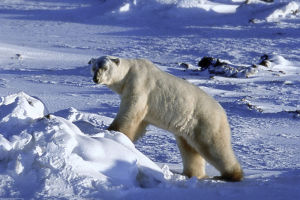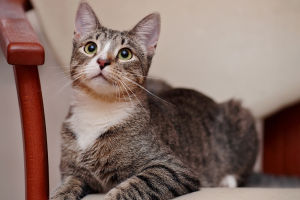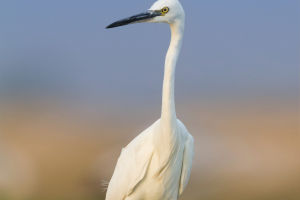Setting up a bird feeder seems simple enough: buy a feeder, fill it with seeds, and wait for the birds to arrive. However, there's more to successful backyard birding than meets the eye.
Jen McCarthey Tyrrell, Community Science and Research Program Manager at Audubon South Carolina, shares crucial insights about the common mistakes people make when feeding their feathered friends.
Skimping on Seed Quality
The old saying "you get what you pay for" applies to bird seed too. McCarthey Tyrrell emphasizes the importance of purchasing from reputable sources to ensure your seeds are fresh and free from harmful chemicals and pesticides. While shelled varieties might cost more initially, they offer better value in the long run.
"Shelled seed varieties get you more for your buck since you're not paying for the weight of shells," McCarthey Tyrrell explains. "They also won't sprout below the feeder." She adds that ground-feeding birds like doves, sparrows, and blackbirds act as natural cleanup crews, helping manage any spilled seeds.
Inconsistent Feeding Habits
While birds naturally forage from multiple food sources, consistency becomes crucial in certain situations. This is especially important in colder climates during the winter months, when natural food sources become scarce.
McCarthey Tyrrell advises, "If you live in a very cold and snowy place and you feed the birds in the wintertime, it is important to be consistent with filling your feeders." If this level of commitment seems daunting, consider limiting your bird feeding to warmer seasons.
Misunderstanding the Purpose
It's essential to remember that bird feeding primarily benefits us, not the birds. "Feeding birds brings them close to you to observe and can help supplement their natural diets," McCarthey Tyrrell notes. "If you choose to participate in bird feeding, you must do it responsibly so you're not negatively affecting the birds that you're attracting."
Choosing Style Over Substance
When selecting a bird feeder, functionality should always trump aesthetics. McCarthey Tyrrell recommends choosing feeders made from sturdy materials that are easy to clean. Quick-clean feeders and those made from recycled plastic are ideal as they:
- Disassemble and reassemble easily
- Have surfaces that resist moisture and bacteria
- Can be thoroughly disinfected if needed
- Provide access to all areas during cleaning
Neglecting Feeder Maintenance
Think of your bird feeder as a busy restaurant—it needs regular cleaning to maintain hygiene. Moldy seeds and dirty feeders can spread illness among your local bird population. McCarthey Tyrrell compares bird feeders to highway rest stops, where many individuals come into contact with the same surfaces. Regular cleaning of both feeders and bird baths is essential for maintaining a healthy feeding station.
Surrendering to Squirrels
Don't let squirrels discourage you from bird-feeding. McCarthey Tyrrell offers several effective solutions based on your yard type:
For Open Yards
Install a sturdy pole system with a raccoon baffle at least four feet above ground and ten feet from any jumping points like trees or fences.
For Yards with Trees
Use weight-sensitive squirrel-proof feeders, placing them about two feet from any solid surface. Despite appearances, most birds are light enough to use these feeders effectively.
For Any Yard Type
Consider using squirrel-resistant foods like safflower seeds or hot pepper-treated options. While safflower's effectiveness may decrease over time as squirrels develop a taste for it, hot pepper seeds remain consistently deterrent—just remember to handle them carefully during refills.
Successful bird feeding requires thoughtful setup and consistent maintenance. By avoiding these common mistakes, you'll create a safer, more attractive feeding station that brings joy to both you and your backyard birds.


